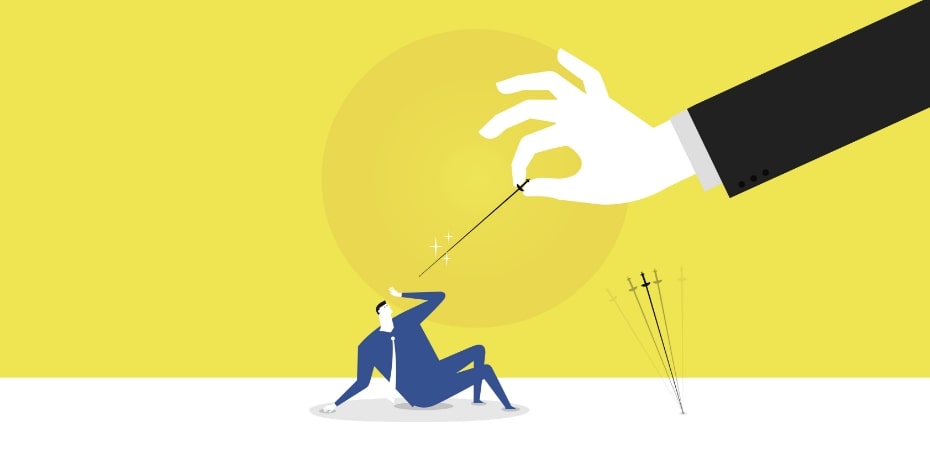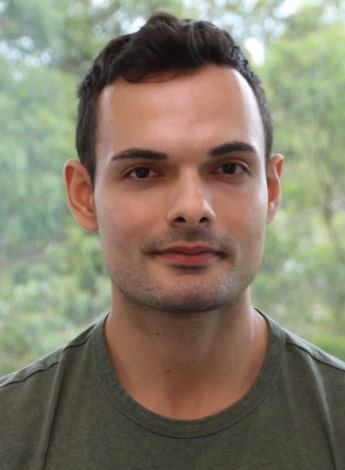
Microaggressions in physiotherapy

Microaggressions towards people who identify as LGBTQIA+ cause harm, perpetuate discrimination and may dissuade people from seeking treatment, writes Emre Ilhan.
In clinical practice, discrimination against people in the LGBTQIA+ community can take many forms, from overt discrimination—
also known as macroaggressions—to more subtle but still harmful microaggressions.
Macroaggressions are public, visible and direct forms of discrimination that affect entire communities.
An example of a macroaggression against the LGBTQIA+ community was the lack of rights for same-sex couples to marry in Australia.
In contrast, microaggressions experienced by individuals who identify as LGBTQIA+ can be defined as everyday, intentional or unintentional, verbal or non-verbal behaviours that communicate hostile or derogatory insults targeting the community (Mukerjee et al 2021).
These insults can be subtle and indirect but are harmful nonetheless.
Microaggressions arise in the same way as macroaggressions—as a result of ongoing heteronormativity and cisnormativity (see glossary below).
This kind of discrimination manifests in a form subtle enough to dissuade a person from the LGBTQIA+ community from calling out the behaviour.
Repetition of the microaggressive behaviour without challenge may normalise the behaviour.
For example, consider the following scenario: A non-binary adolescent comes into a physiotherapy clinic. Despite correcting the staff in the clinic multiple times about their pronouns (they/them), they continue to be misgendered. After multiple efforts to make the staff aware of their pronouns, the adolescent gives up.
They experience misgendering frequently now in the clinic and this is often done unintentionally. The adolescent decides to no longer seek care in the clinic.
Why are microaggressions harmful?
From a social perspective, microaggressions are harmful because they insidiously perpetuate ongoing discrimination against people from the LGBTQIA+ community.

Dr Emre Ilhan.
In fact, microaggressions towards the LGBTQIA+ community tend to be normalised in the workplace and clinic.
For example, a common microaggression is telling a gay person that they don’t look gay.
Although such a statement may be phrased as a compliment, it implies that looking gay is not as valued as looking ‘straight’, which also suggests that there is a stereotypical, specific and undesirable way that gay people look.
How does a person challenge a microaggression dressed as a compliment?
I personally found it difficult and have often ignored it or simply laughed it off (depending on my mood), thereby perpetuating this microaggression.
From a personal perspective, microaggressions reduce how safe people who identify as LGBTQIA+ feel to be themselves.
This can be emotionally and cognitively draining and limit their ability to contribute wholeheartedly to their workplace.
For patients and clients, microaggressions further stigmatise people with LGBTQIA+ identities and experiences, reducing their motivation to seek physiotherapy care in the future when it is needed.
Microaggressions are so common that the continual psychological stress that they cause may also lead to stress-related health problems such as depression and anxiety.
How can we do better as physiotherapists?
Given the often subtle and unintentional nature of microaggressions, education and awareness of the microaggression is a key step that physiotherapists can take to minimise microaggressions.
But don’t rely on people who are the targets of microaggressions to call them out.
Sometimes, people from the LGBTQIA+ community don’t feel safe enough to speak up.
Speaking up to an aggressor as a targeted person may put them in more danger.
Notice another colleague engaging in a microaggression, take them aside and let them know.
All physiotherapists should make the effort to increase their knowledge about LGBTQIA+ identities and experiences to minimise microaggressions.
Recently, the APA released the ‘LGBTQIA+ affirming physiotherapy—Part A’ course, one step towards enabling a culturally safe provision of physiotherapy to individuals from the LGBTQIA+ community.
The problem with microaggressions is that people who engage in such behaviours may not even notice it or consider themselves aggressors.
Increased awareness of issues that affect the LGBTQIA+ community and a willingness to learn and evolve is the key to recognising, addressing and minimising microaggressions in clinical practice.
Microaffirmations
Microaffirmations are small acts or gestures that make people feel included, valued, supported and validated.
In clinical practice, microaffirmations might involve asking and then using a person’s preferred pronouns.
Physiotherapists can use microaffirmations to affirm a person’s gender and sexual identity instead of dismissing or ignoring them.
Microaggressions are stigmatising, whereas microaffirmations can be uplifting and empowering to people with LGBTQIA+ identities and experiences. Small acts go a long way.
Glossary
Cisnormativity—the assumption that everyone identifies with the sex they were assigned at birth and that those who are not cisgender (eg, transgender, non-binary) are abnormal.
Heteronormativity—the assumption that everyone identifies as heterosexual and that anything else is abnormal.
LGBTQIA+—an acronym that refers to lesbian, gay, bisexual, trans, queer, intersex and asexual identities. Because our language is continually evolving, the ‘+’ refers to additional sexual orientations, gender identities and experiences.
Microaffirmation—a small act or gesture that makes people from the LGBTQIA+ community feel included, valued, supported and validated.
Microaggression—daily, intentional or unintentional, verbal and non-verbal behaviours that insult people from the LGBTQIA+ community in a hostile and derogatory manner.
Misgendering—referring to a person in a way that doesn’t align with their affirmed gender, for example, addressing a person as he or she when their pronouns are they/them.
>> Dr Emre Ilhan APAM (he/him) is a lecturer in the Department of Health Sciences at Macquarie University in Sydney, New South Wales, and teaches in the Doctor of Physiotherapy program. Emre is currently a practising physiotherapist in the private setting and is passionate about taking an empathetic, compassionate and intersectional approach to nurturing a safe, inclusive, equitable culture within clinical practice, education and research for the LGBTQIA+ community.
COURSE OF INTEREST: LGBTQIA+ affirming physiotherapy Part A here.
- References
Mukerjee, R. et al (ed). Clinician’s Guide to LGBTQIA+ Care: Cultural Safety and Social Justice in Primary, Sexual, and Reproductive Healthcare. Springer Publishing Company, Incorporated, 2021.
© Copyright 2024 by Australian Physiotherapy Association. All rights reserved.





